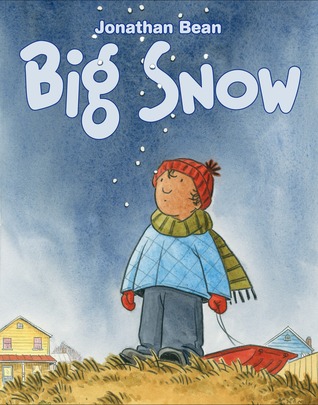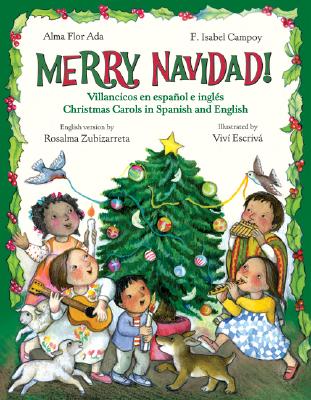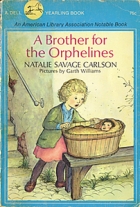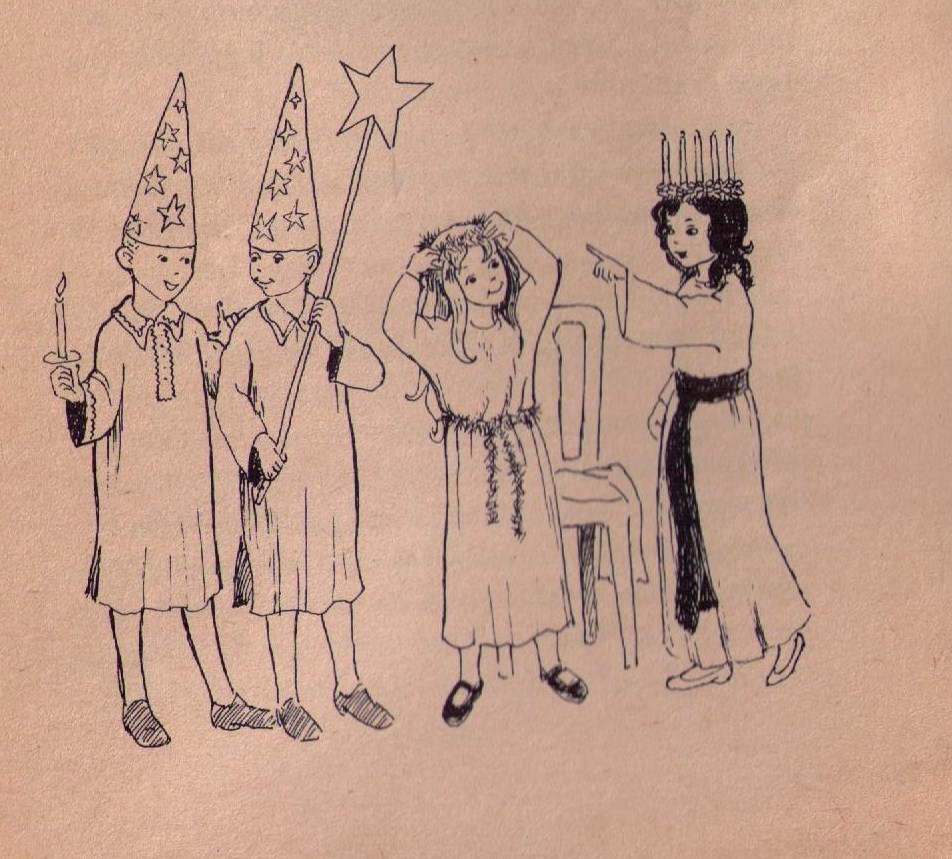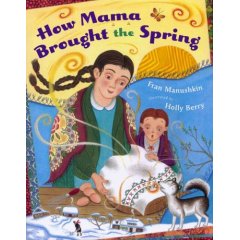One of my best beloved books is Mandy by Julie [Andrews] Edwards (Harper and Row, 1971). I still have my battered Bantam paperback (1977) with the original Judith Gwyn Brown illustrations (sadly, not the lovely hardcover edition pictured here) and reach for it whenever I'm in need of comfort reading. For those of you who haven't read Mandy, it's the story of a lonely little girl who discovers an abandoned cottage on the other side of the orphanage wall. Spring, summer, and fall, Mandy tends to the cottage and its garden, making it a place of her very own; but when winter comes, and Mandy gets sick, her secret is no longer safe.
Both thematically and structurally, Mandy's story corresponds to the seasons of the year. The book itself is divided into four sections, each with a different number of chapters (summer is the shortest), and this year, I'm planning to reread each section closely and share some thoughts--personal and professional (so to speak)--about it here. Starting with Spring, in April (because spring is somehow not here yet). I would love it if anyone wanted to join me.
[This is sort of like what Elizabeth Burns at A Chair, A Fireplace & a Tea Cozy just did with Harriet the Spy (also Harper and Row, 1964) in honor of its fiftieth anniversary. I must have read Harriet at around the same time I read Mandy (I had the Dell Yearling edition, 1980) and I confess: I didn't really like Harriet! Although I was fascinated by her. Maybe I should revisit that book, too?]


